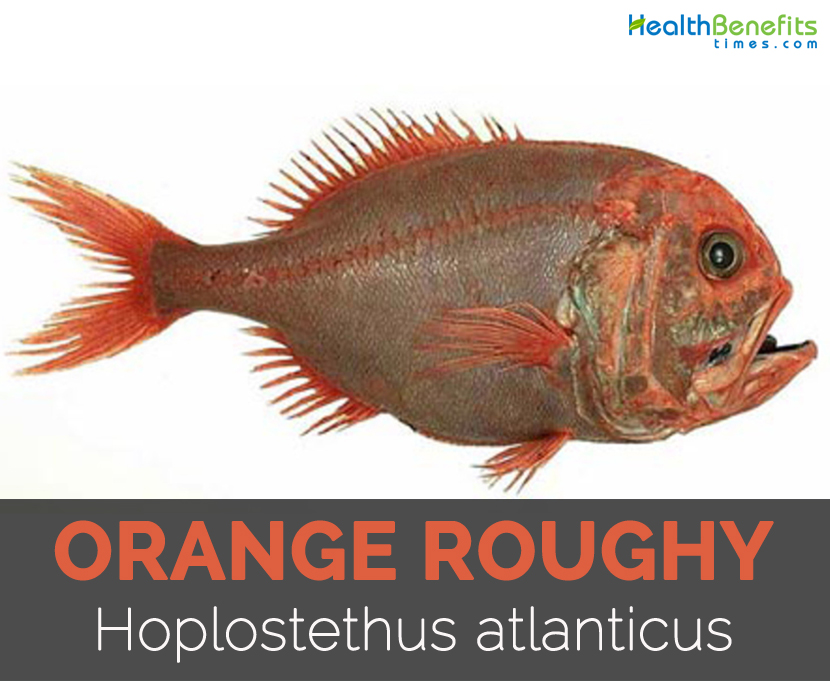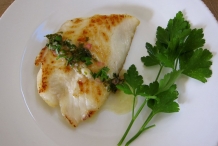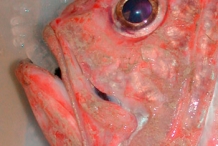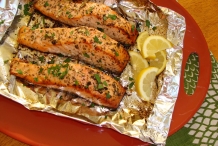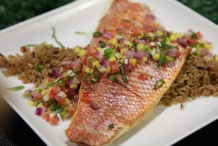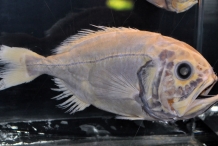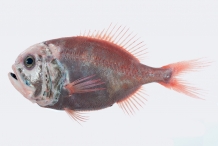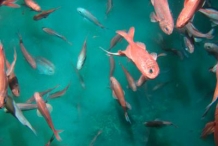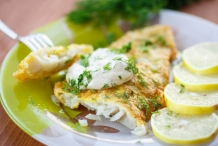| Orange roughy facts Quick Facts |
| Name: |
Orange roughy facts |
| Scientific Name: |
Hoplostethus atlanticus |
| Colors |
Bright, brick red |
| Shapes |
Round and large head, compressed, oval shaped, oblique mouth, large eyes ; Length: 75 cm (30 inches) |
| Flesh colors |
White |
| Calories |
89 Kcal./cup |
| Major nutrients |
Selenium (136.55%)
Isoleucine (53.77%)
Lysine (53.17%)
Threonine (49.72%)
Tryptophan (44.55%)
|
| Health benefits |
Muscle health, Hair health, Prevent anemia, Maintain cells, Bone health |
The Orange roughy (Hoplostethus atlanticus) is a deep sea fish that belongs to Trachichthyidae family. It is found in Eastern Atlantic Ocean, Western Pacific Ocean, Eastern Pacific off Chile and Indo Pacific. Orange roughy is most commonly found at the depth of 590 to 5,910 ft. It is also called Red roughy, deep sea perch, slimehead, rosy soldier fish, range roughy and orange ruff. It thrives in the temperature of 3 to 90C. It ranges in size of 75 cm (30 inches) in length and 7 kg (15 lb) in weight. The body is round and compressed and oval shaped. It has bright and brick red body having pale orange fins and white flesh. Each dorsal fin has 15-19 soft rays and four to six spines whereas anal fin has 10 to 12 soft rays and three spines. The pectoral fins have 15 to 18 soft rays. The gill cavity and mouth interior is bluish to black with large and oblique mouth. It has adherent and ctenoid scales and large eyes. Female produces 10000-90000 eggs in each single spawn. Spawning occurs between June and Early August. It could live upto 149 years. It reaches to sexual maturity in 20 years old. Deep roving sharks, merluccid hakes, cutthroat eels and snake mackerels are its predators. It is a carnivore with diet as benthopelagic and mesopelagic prawns, squid, fishes, amphipods, mysids, viperfish, whiptails, lanternfish and crustaceans.
Nutritional value
In 85 grams of cooked Orange roughy, we could find the nutrient contents such as 56.92 g of moisture, 89 calories, 19.24 grams of protein, 0.77 grams of total lipid fat and 0.84 grams of ash. The same serving size grants 75.1 µg of selenium, 0.899 g of isoleucine, 1.778 g of lysine, 0.875 g of threonine, 0.196 g of tryptophan, 0.921 g of valine, 1.527 g of leucine, 19.24 g of protein, 0.403 g of histidine, 0.4 µg of cobalamine, 87 mg of phosphorus, 0.96 mg of iron and 1.59 mg of vitamin E.
Health Benefits of Orange roughy
Orange roughy has bright red scales that could turn to black in order to resemble the color of cold waters that helps them to hide from predators. Due to the culinary uses in the recent decades, their population size has been decreasing. Orange roughy is loaded with various nutrients, vitamins, minerals, lipids and amino acids. When cooked, it has got mild flavor with flaky and delicate texture.
- Muscle health
Protein is essential for coordination and contraction of muscles. It is found in muscle tissues and provides structure of muscles. It is vital for making balance between breakdown muscle proteins and muscle protein synthesis. (1) (2) (3) (4) (5)
- Hair health
Protein is essential for the hair health and prevents damage of hair. The study shows that protein plays a vital role in the growth of hair. It is also used to manufacture the hair care products. (6) (7)
- Prevent anemia
It also treats megaloblastic anemia and pernicious anemia. Vitamin B12 is essential for restoring Intrinsic factor to maintain the blood normality.
- Maintain cells
Vitamin B12 helps to maintain various cells. It assists in the functions like repair, formation and maintains red blood cells that depend on Vitamin B12. It also takes care of nerve cells. It also maintains the nervous health.
- Bone health
Phosphorus is essential for the growth of teeth and bones. Along with calcium, it is essential for the formation of strong bones. It promotes the gum health and prevents tooth enamel. It provides relief from the health ailments such as bone loss or loss of mineral density called osteoporosis. It promotes the health of skeletal structure. (8) (9)
- Brain health
Phosphorus is essential for the brain cells. The adequate amount of phosphorus ensures cognitive development and growth as well as brain function. The study shows that deficiency of phosphorus helps to raise the chances of cognitive malfunction and conditions such as dementia and Alzheimer’s disease. (10)
- Regulates temperature of body
Iron helps to facilitate the temperature of body. It also stabilizes the body temperature that helps to assist the metabolic and enzymatic functions. (11)
- Transports oxygen
It helps to transport oxygen from one cell of the body to another. Iron has a vital role in this function to transport oxygen to every organ. (12)
- Assist digestion
Niacin assists the functions of human digestive system, function of nerves, promotes appetite and provides glowing skin.
- Lowers cholesterol
The high intake of Niacin helps to lower the LDL cholesterol and increase HDL cholesterol that prevents thickening of artery walls and conditions such as atherosclerosis.
Precautions
- Due to high content of mercury, the excessive intake of Orange roughy affects the brain function.
- It is not safe for breastfeeding and pregnant women as well as small children.
How to Eat
It is poached, baked, broiled and fried.
Other Facts
It is able to turn to the color of water in order to hide from predators.
Comments
comments


